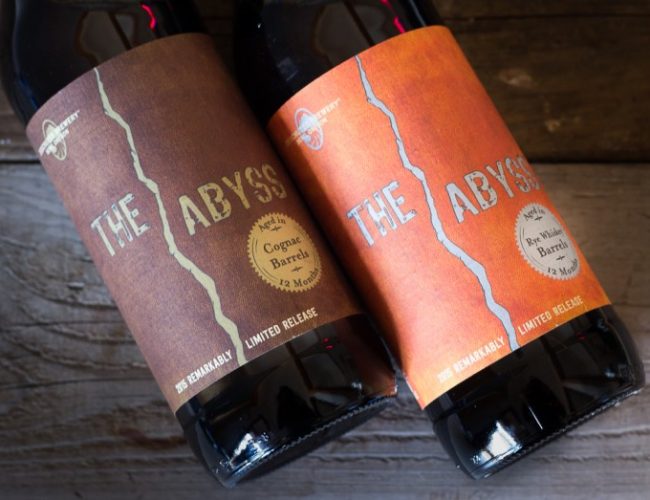So you just bought a highly anticipated reserve series beer, and you’re determined to let it age to its full potential. But, you have so many questions—where’s the best place to store it? What temperature is best for aging beer? How long do I need to pretend that this beer doesn’t exist?!
Luckily, Deschutes, a brewery with tons of experience aging beers to perfection, has the answers to your questions. They took to their blog to share some of their tips in “Storage Wars: How to Age Your Reserve Series Beer.” Here are a few of our favorite suggestions:
How should it be stored?
Unlike wine, beer should be stored upright during the aging process so the yeast will settle at the bottom, allowing it to more easily mix back into the beer when you’re ready to drink it.
Where should it be stored?
Somewhere dark, cool and dry. Although Deschutes and most other breweries use brown glass bottles for their reserve series to minimize light penetration, you still will want to store it in a dark place. A basement is your best option, but a dark closet or pantry will also work. You may also want to place the beer in a box first before storing it.
For beers with higher ABVs, temperatures under 65°F are best, although 50-55°F degrees is ideal. Unless you have a temperature-controlled cellar, it’s almost impossible to maintain a constant 55°F. It’s not recommended that you keep your beers in the refrigerator, as the colder temperatures can slow or even stop the aging process.
How long do I need to store it for?
Deschutes suggests storing your beer for at least one year, although one to three years is ideal. Some beers may display a “Best After” date, so be sure to check for that.
For some of their own reserve beers, such as The Abyss and The Dissident, Deschutes admits that they’re great right away, but if you have the patience to wait, “flavors will smooth and blend over time giving the beer a more complex taste and aroma that you may not experience when the beer is fresh.”
How should I serve it when I’m—FINALLY—ready to drink it?
If you were able to keep your beer at 50°F, you can serve it without further ado. If you’d like it a bit cooler, refrigerate it for a few hours. You’ll then want to pour it into a snifter glass, holding your hand at the base of the glass to help warm the beer as you sip. Remember, you’ve waited for this moment for a long time, so don’t rush it. Be sure to smell the beer several times while you enjoy it, as you’ll notice aromas and flavors that weren’t present when the beer was fresh, or even when you first poured it.
There isn’t a perfect set of rules for aging beer. The length of time needed for the aging process is directly affected by storage temperature, so you may want to experiment with where you’re storing your beer and for how long. Furthermore, your taste preference may be different from someone else’s, so play around with the cellaring process to find out what you like. It may be a good idea to buy two or three bottles of the same beer—try one immediately so you have a comparison for the aged versions. Or, age the same beers for different lengths of time, exploring what the beer has to offer after different periods of aging.
For more information on cellaring craft beer, see Andy Sparhawk’s article, “Cellaring Craft Beer: To Age or Not to Age?”
Photo © Deschutes Brewery
CraftBeer.com is fully dedicated to small and independent U.S. breweries. We are published by the Brewers Association, the not-for-profit trade group dedicated to promoting and protecting America’s small and independent craft brewers. Stories and opinions shared on CraftBeer.com do not imply endorsement by or positions taken by the Brewers Association or its members.


Share Post